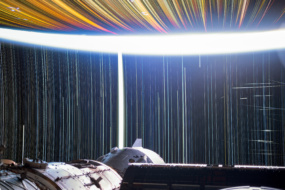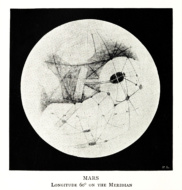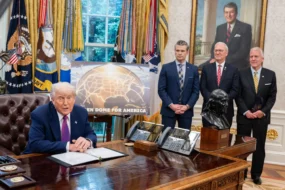NASA found that quickly disposing of spacecraft at the end of their life is one of the most cost-effective ways to prevent trash in orbit, according to a new cost-benefit analysis that compared the effectiveness of 24 different tools to mitigate space debris.
The goal of the study was to identify which debris mitigation actions decision-makers should prioritize to reduce collision risks while minimizing cost.
“By measuring everything in dollars, we can directly compare shielding spacecraft to tracking smaller debris or removing 50 large pieces of debris to removing 50,000 smaller ones,” said NASA researcher Jericho Locke.
How to read the chart: The blue and red dots represent the range of cost-benefit estimates for each action over 30 years.
- Blue dot (right side): High-benefit, low-cost estimate.
- For example, if the ratio is 10, it means that for every dollar spent, $10 of benefit is realized.
- Red dot (left side): Low-benefit, high-cost estimate.
- For example, if the ratio is 1/10, it means that for every dollar spent, only 10 cents of benefit is realized.
The chart divided its analysis into three buckets: debris remediation, mitigation, and tracking.
Debris Remediation: The study found that the most cost-effective remediation tactic is just-in-time collision avoidance, which involves nudging large debris out of the path of other spacecraft with ground-based or space-based lasers. In terms of cost-benefit, this nudge method beat out removing debris from orbit.
Mitigation: Deorbiting spacecraft faster than the current 25-year rule could produce large benefits, according to the study. The model estimated that if the rule was shifted to a mandatory 15-year deorbit, the benefits would outweigh costs by 20–750x and could generate $6B in net benefits. The cost benefits would continue to increase as the maximum years to mandated deorbit decreased.
- The study also found that shielding spacecraft up to 3 millimeters is the most efficient thickness level, and shielding up to 1 centimeter is overkill, given the steep cost.
Debris Tracking: Tracking large orbital debris offers a significant upside, with net benefits potentially reaching 100 times the cost in the most optimistic scenarios. However, the model suggests that tracking small, centimeter-sized debris is likely not worthwhile as these fragments are unlikely to collide with spacecraft, and the extensive infrastructure required for such detailed tracking would not be justified.




